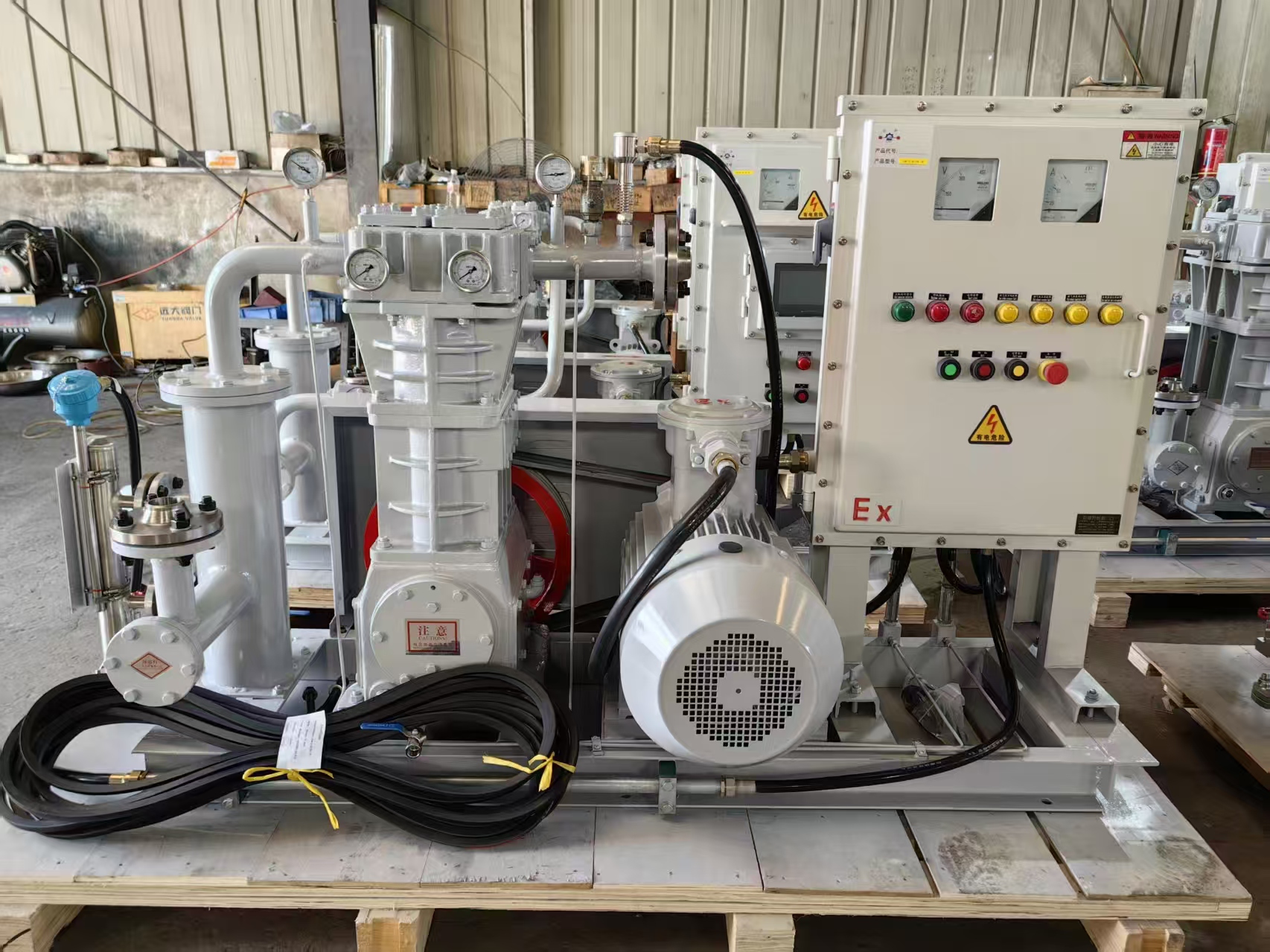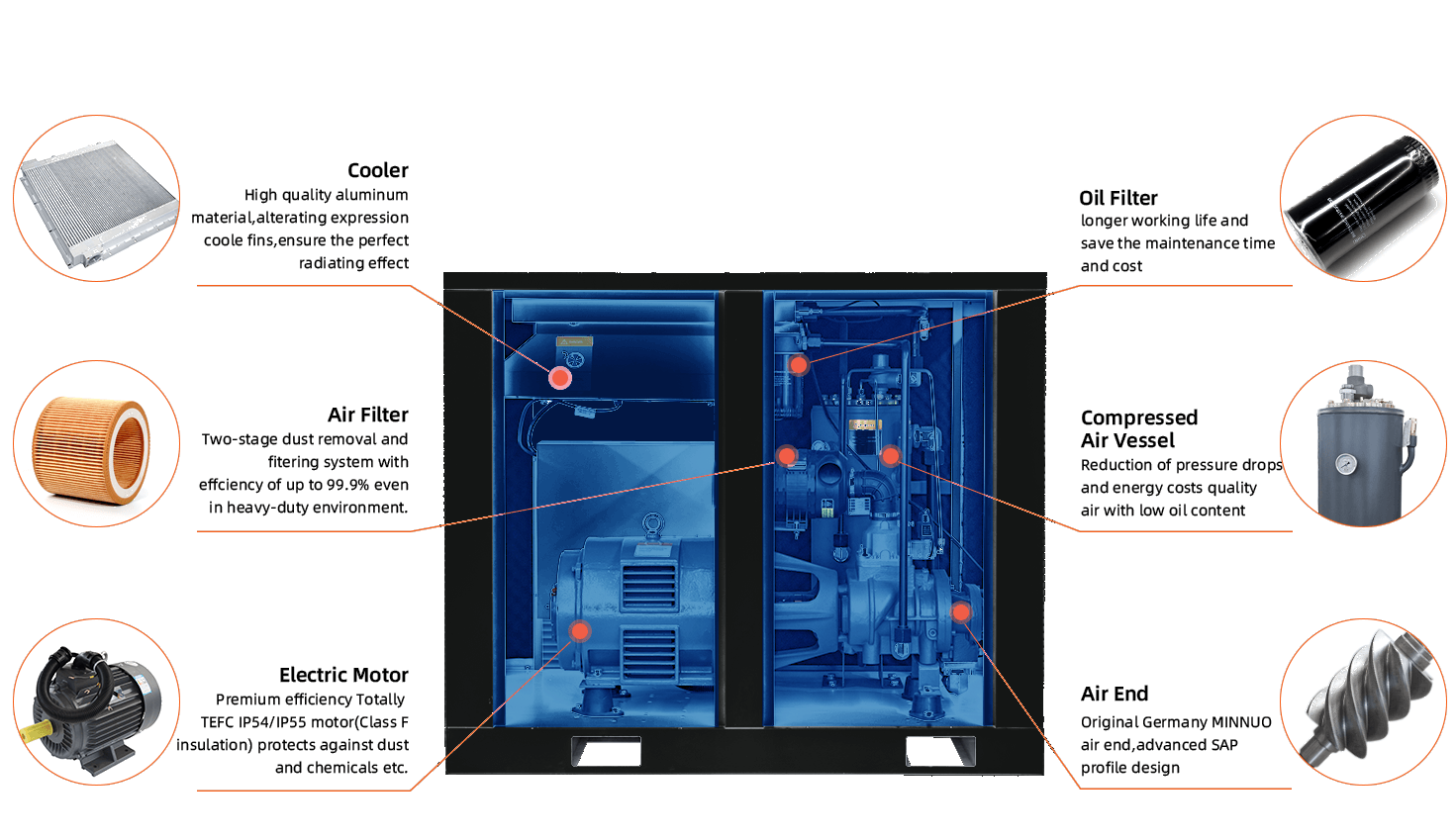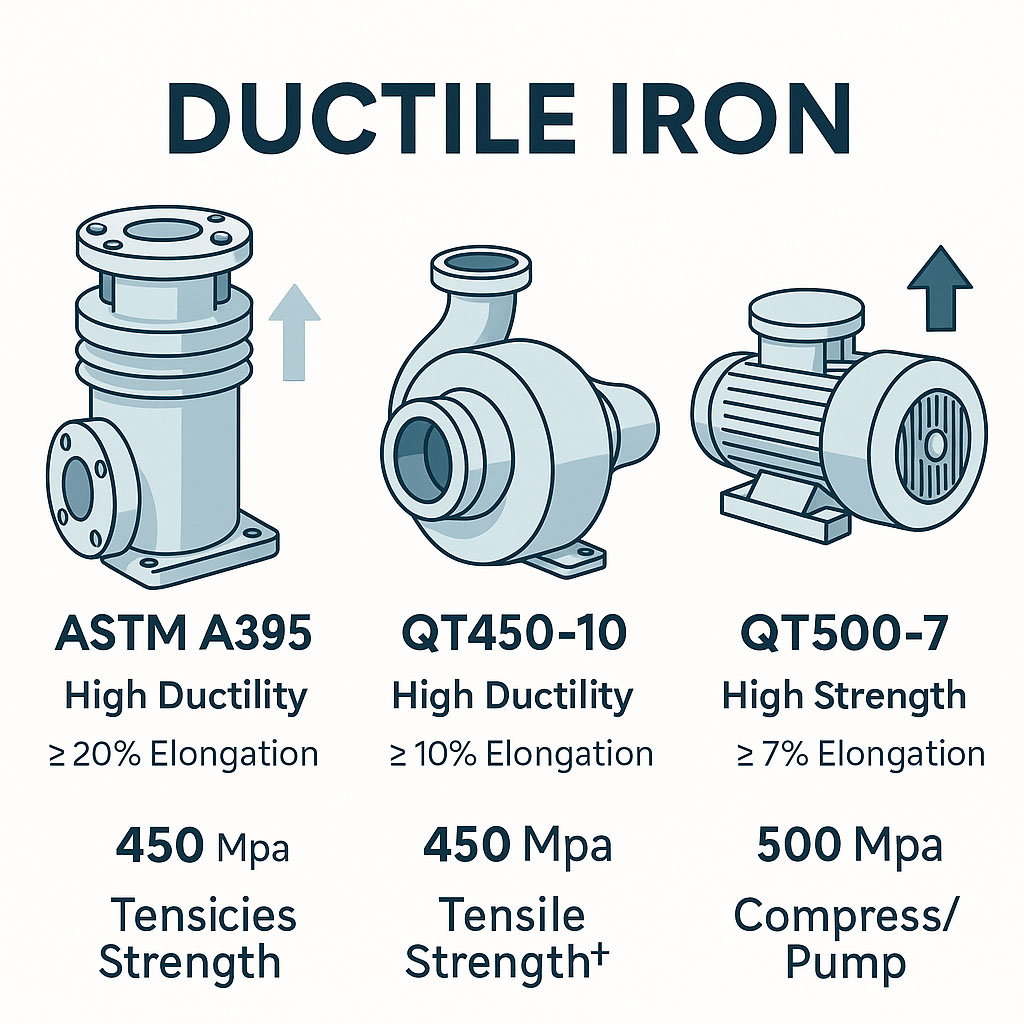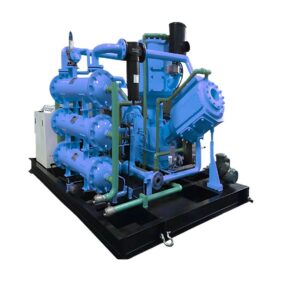Additive Manufacturing (AM), especially metal powder bed fusion, relies heavily on an inert nitrogen atmosphere to prevent oxidation and ensure part integrity . A properly selected nitrogen booster is essential to maintain consistent pressure, purity, and uninterrupted performance. This guide outlines the key factors to consider when choosing the right booster.
1. Determine Required Pressure & Flow
Metal AM chambers require steady inlet pressure to maintain inert conditions. Depending on system size and cycle time, boosters must match peak flow and pressure demands. Consider path compression: boosters elevate nitrogen from generator output or vaporized LN₂ to process-defined pressures .
2. Ensure High-Purity Gas Compliance
Impurities in nitrogen can degrade powder metal surfaces, causing discoloration or defects . Choose diaphragm-style or oil-free piston boosters to eliminate oil contamination. Verify that booster seals meet or exceed purity targets—99.9% to 99.999% depending on the alloy and AM process.
3. Assess Inlet Source Compatibility
Identify if nitrogen comes from a PSA, membrane generator, or vaporizer. Membrane generators suit lower volume, but purity maxes out at ~99% . For high-pressure boosters, ensure inlet pressure and flow are compatible; mismatches will lower performance.
4. Cooling & Multi-Stage Compression
Compressing gas generates heat, which can affect material and equipment. Multi-stage boosters with inter-stage coolers mitigate thermal spike and improve efficiency . High-duty AM environments benefit from reliable thermal control to protect system health.
5. Integration & Automation
Boosters integrated with chamber control systems provide real-time pressure feedback and automatic adjustments. Look for units with digital control interfaces and SCADA/MES compatibility to ensure seamless integration into factory automation.
6. Reliability & Maintenance
AM production cycles can span hours or days. Downtime halts printing. Select industrial-grade boosters with robust components that tolerate continuous duty . Consider features like leak detection, safety interlocks, and serviceability.
7. Cost Considerations & Efficiency
Beyond purchase price, evaluate lifecycle costs: energy, scheduled maintenance, and consumables. Boosting low-pressure nitrogen on-site is typically more economical than high-pressure cylinder deliveries . Modern boosters offer energy recovery and ASME compliance for optimal ROI.
Conclusion
Selecting the ideal nitrogen booster means balancing pressure requirements, gas purity levels, source compatibility, thermal management, integration readiness, and long-term economics. A correctly specified booster ensures AM builds are oxygen-free, defect-free, and consistent—boosting both quality and yield.
Final Note
For additive manufacturers, partnering with experts like KEEPWIN ensures tailored nitrogen booster solutions—optimized for purity, performance, and uptime. Ready to improve your AM output quality? Let’s discuss your needs and provide a complimentary system design assessment.












